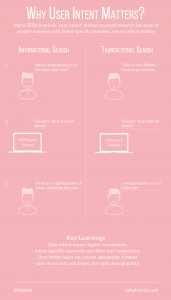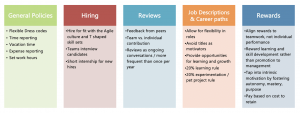
It’s becoming increasingly common for organisations to issue formal RFPs as part of their buying decision process. In most public sector establishments and in many large commercial operations, external legislation or internal procedures require that a formalised RFP process be followed for all purchases above a certain value.
However, it’s rare that all vendors who are invited to participate have an equal chance of winning. A range of studies have shown that organisations that receive an invitation to respond to an unexpected RFP have on average a low single digit % chance of winning.
A huge amount of effort is therefore wasted every year by vendors who are flattered to be invited, believe they have a good solution fit and therefore decide to bid even though by any rational analysis the odds are heavily stacked against them. If you’ve ever experienced this situation, I’d like to offer a consolidated checklist of the things you need to consider before deciding whether to bid…
The critical importance of shaping the buying vision
First, and most important, has the RFP come as a complete surprise, or is it the result of an intensive and successful campaign to influence the prospect’s buying vision? There is compelling research by Forrester and others to show that in three-quarters of all buying decisions, the vendor that first shaped the prospect’s vision of a solution (and thus the contents of the RFP) wins.
This means that all the other vendors who join the process in reactive mode end up fighting over the remaining quarter of competitive bids – and that in most of those cases the decision ends up going to the least cost and/or risk solution. It’s no wonder that the RFP win rates for most vendors in these situations are so low, or that when they do win it is often at marginal levels of profitability.
You may still think (after carefully considering the following checklist) that an RFP is still worth pursuing, even if you did not play any part in influencing the contents. You may have no other option in some tightly controlled or highly regulated environments. You can still take steps to mitigate the risk by implementing some or all of the following tactics:
- Requesting a meeting or call with the key project sponsor before deciding whether to respond
- Using every available means to differentiate your approach from all the other options they might be considering
- Drawing their attention to the requirements or considerations that the RFP may not have addressed
- Using your presentation slot (if you are granted one) to introduce unconsidered needs, rather than the detail of your response
In other words, if you were unable to shape their original buying vision, you need to use every possible opportunity to help the prospect re-shape their buying vision.
As we’ve seen, whether or not you have been able to shape or re-shape the prospect’s vision of a solution in your favour is the single biggest consideration when evaluating whether and how to respond to an RFP.
The next most important factor is whether or not you have a strong solution fit against their declared functional needs – and, in particular, whether they have any showstopper requirements that you are unable to address.
But your involvement in shaping the contents of the RFP and the quality of your solution fit are not the only factors. Here are some other factors you need to take into consideration:
- What caused the prospect to start searching for solutions in the first place?
- What are the key business drivers?
- Who are the key business sponsors?
- What are their compelling reasons to buy?
- Is there a compelling event?
- What are the chances they will end up sticking with the status quo?
- What are their decision criteria?
- What is their decision process?
- What are the key steps after the RFP responses have been submitted?
- Are we guaranteed an opportunity to present to the decision team?
- What is the decision timetable?
- Who are the incumbent vendors, and how strong is their relationship with the prospect?
- What would it take to displace the incumbent vendor?
- Does it look as if another vendor has shaped the specification?
- How many vendors has the RFP been sent to?
- Do we have any obvious unique advantages?
- How many solutions are they intending to shortlist?
- What will they be evaluating solution fit against?
- What will they be evaluating vendor suitability against?
- What access will we be granted to the key stakeholders, and when?
- Who is managing the process: the user department, IT or procurement?
- Will the efforts required be worth the potential rewards?
Depending on your particular situation, some of the above considerations will be more or less important in your environment. You may also have other considerations that are specific to your market or solution category. But once you’ve settled on the appropriate checklist for your organisation, it’s important that you assess every potential RFP opportunity against the same consistent criteria.
Here’s a final recommendation: many sales organisations seem to work on the assumption that they will respond to RFP opportunities unless there is a good reason to qualify out. I’d urge you to take the exact opposite approach: that you default to politely qualifying out unexpected RFPs unless there is a compelling reason backed by evidence why you believe you have a good chance of winning.
That’s what top sales organisations and top salespeople seem to do: they know that their resources are too precious to be wasted on pursuing wild goose chases that they have been invited to for the convenience of the prospect’s purchasing department. They know that, almost every time, it’s best to just say “no” – and investing the time in finding and winning opportunities for which you are better positioned.
Business & Finance Articles on Business 2 Community
(52)






